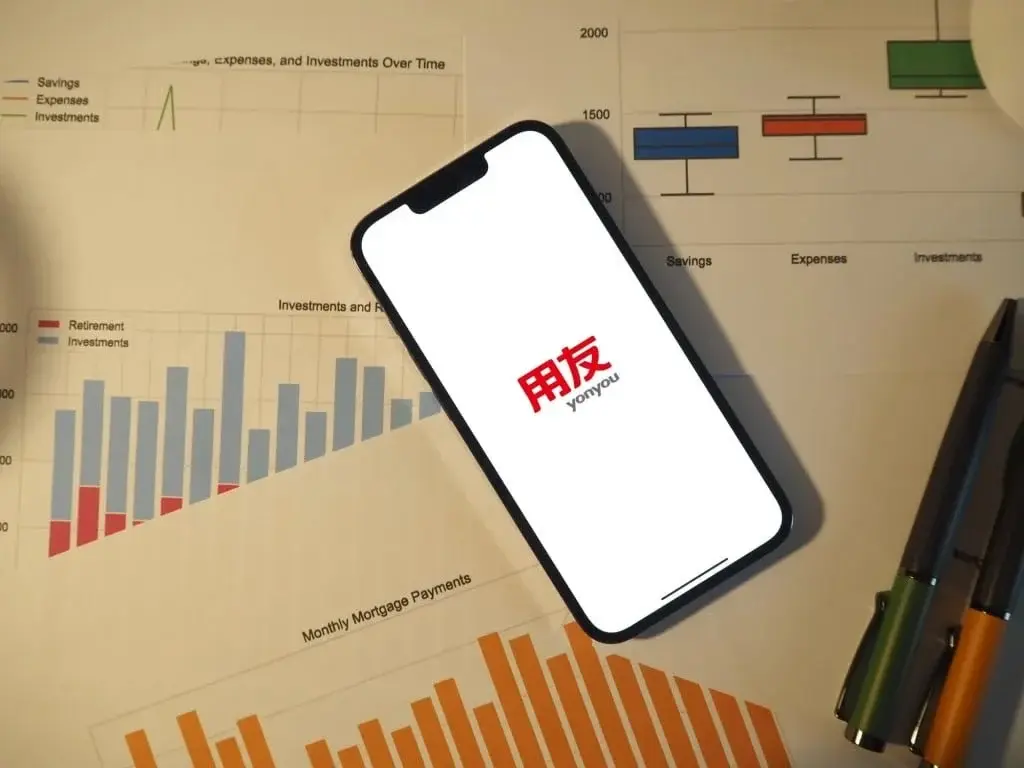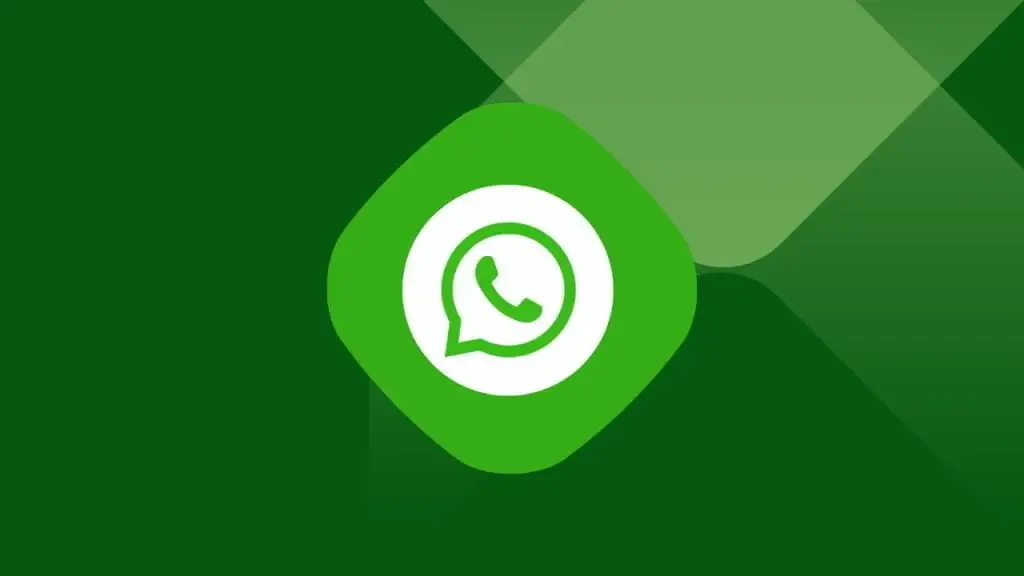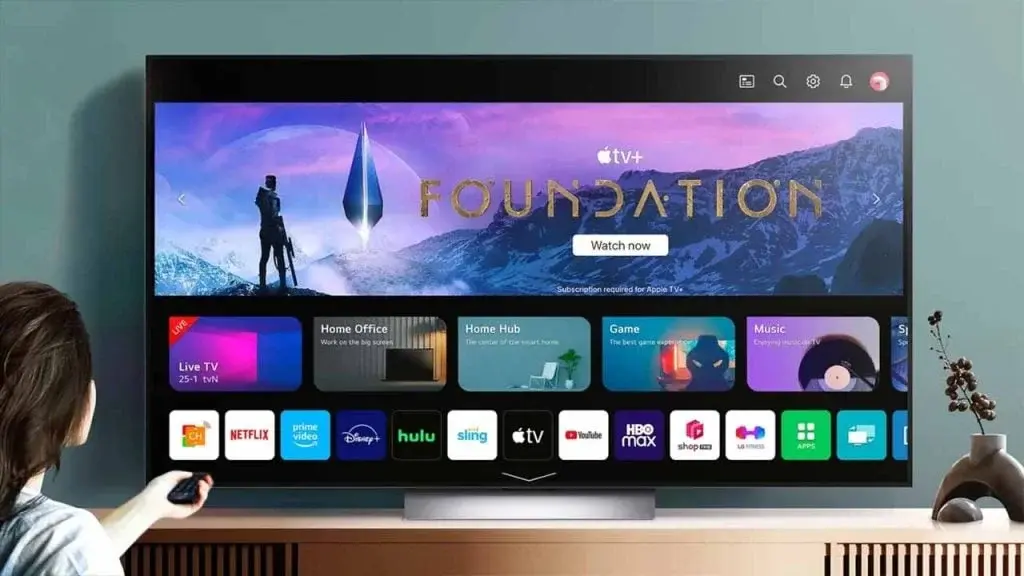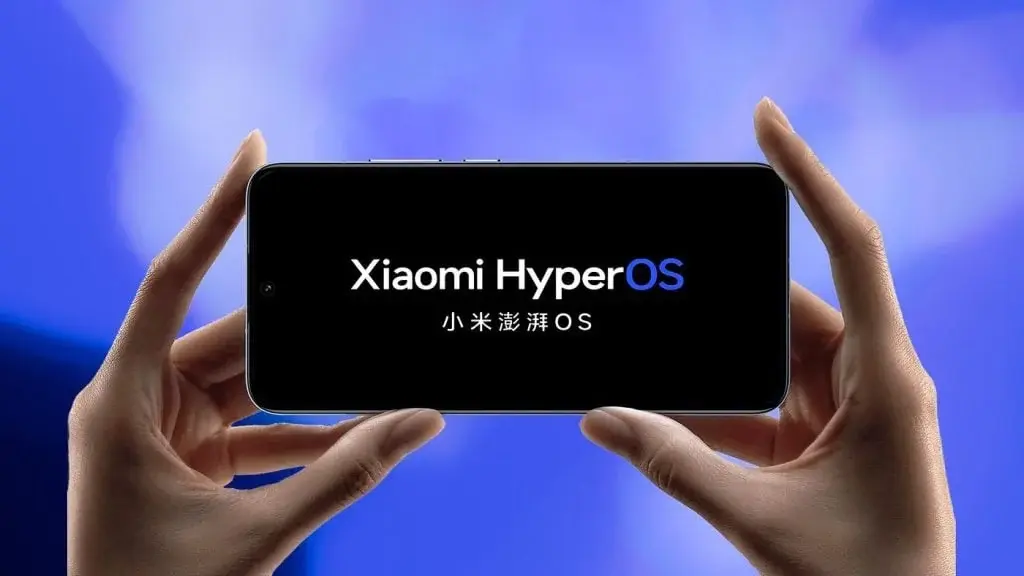Change: The Crucial Element for Advancement
Change is an inevitable force that drives progress in various sectors, particularly in technology. Wang Wenjing, previously celebrated as the ‘king of software’ in China, has recently relinquished his position as president of Yonyou Network Technology. This shift signifies a significant transformation for the company, a prominent figure in enterprise management systems over the years.
Despite stepping down from the presidency, Wang continues to play a vital role at Yonyou as its chairman and CEO, focusing on strategic initiatives and product innovation.
Yonyou Confronts Uphill Battles
Yonyou, renowned for its enterprise resource planning (ERP) software, has encountered its fair share of obstacles. In the post-pandemic world, businesses globally have faced challenges, and Yonyou is no exception. Established in 1988, the company has experienced more prosperous times, with recent years marked by sluggish sales and escalating losses. Nevertheless, Yonyou’s resilience remains noteworthy, as it maintains a prestigious position among the top 10 ERP software providers on a global scale.
A Novel Perspective Brought by the New President
The selection of Chen Qiangbin, a seasoned individual at Yonyou, as the new president represents a strategic maneuver. Chen’s extensive background in software development, sales, and management offers a fresh outlook and potentially a new trajectory for the company. His expertise could prove instrumental in navigating current market adversities and capitalizing on opportunities within China’s thriving digital economy.
Flexibility and Metamorphosis
Yonyou’s evolution over the years, transitioning from selling software licenses to providing cloud-based services, showcases adaptability—an indispensable quality in the dynamic tech industry. In 2022, cloud services constituted a significant portion of the company’s revenue, underscoring its successful pivot towards a software-as-a-service model. This transformation might serve as the impetus required for Yonyou to regain profitability.
Tenacity in the Midst of Challenges
Despite the challenges posed by the current economic landscape impacting the tech sector, Yonyou’s third-quarter results last year displayed promising indicators, with revenue growth evident across all sectors. This resilience in the face of adversity is commendable and indicates a continued strong demand for ERP systems.
An Encouraging Tomorrow
Wang Wenjing’s voyage alongside Yonyou, from its initial days focusing on accounting software to now competing with global titans such as Oracle and SAP, has been extraordinary. As Yonyou navigates through this transitional phase, drawing upon lessons from its history coupled with a novel leadership strategy, the future appears promising. The company’s expansive global footprint, with over 230 branches worldwide, positions it favorably to seize new prospects and surmount existing challenges. Only time will unveil what lies ahead for the company.










